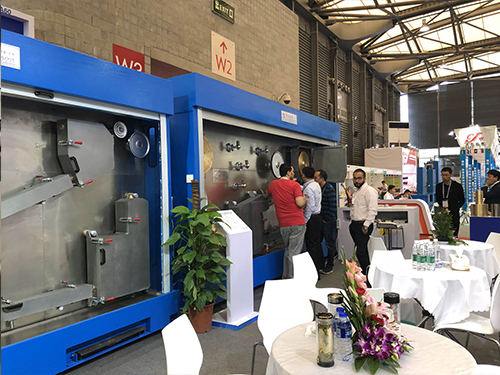
Types of Quenching and Heat Treatment
Types of quenching
1. Thoroughly quenching and isothermal annealing
Complete quenching, also known as weight crystallization quenching, is commonly referred to as quenching. This kind of quenching is suitable for various kinds of carbon steels and carbon steels with hypoeutectoid composition in casting, steel castings and hot-bonded aluminium profiles. Usually it is used as the final quenching and tempering treatment for some small steel parts or as the prior quenching and tempering treatment for some steel parts. 2. Spheroidizing Annealing Furnace
Spheroidizing annealing is suitable for hypereutectoid carbon steels and alloy tool steels (such as alloy structural steels commonly used in manufacturing tools, measuring instruments and abrasives). Its key objectives depend on reducing strength, improving drilling process performance, and preparing for subsequent heat treatment in advance. 3. Stress relief annealing
Stress relief annealing is also called ultra-low temperature quenching (or high temperature quenching). This kind of quenching is used to remove the internal stress of castings, steel castings, weldments, hot fasteners, cold-drawn parts and so on. If the in-situ stress is not removed, the cast iron will be deformed or cracked after the necessary time or during the subsequent drilling process.
2. In heat treatment, the most common water-cooling substances are salt water, water and oil. The steel parts heat treated with salt water are very easy to obtain high strength and smooth surface, and not easy to cause hardening soft spots, but it is easy to cause serious deformation and even cracking of steel parts. The use of cooking oil as heat treatment material is only suitable for the heat treatment of some carbon steels or small size carbon steels with high reliability of low temperature ferrite.
Homogenization is the use of long-term heating at high temperatures to make the internal components adequately diffuse outside, so it is not called "external diffusion quenching". The heating temperature varies according to the type of stainless steel sheet. Homogenization of large ingots is usually carried out between 1200 and 1300 C. High carbon steel is between 1100 and 1200 C. The quenching and tempering of calcined or rolled stainless steel sheets is usually carried out between 1000 and 1200 C.
